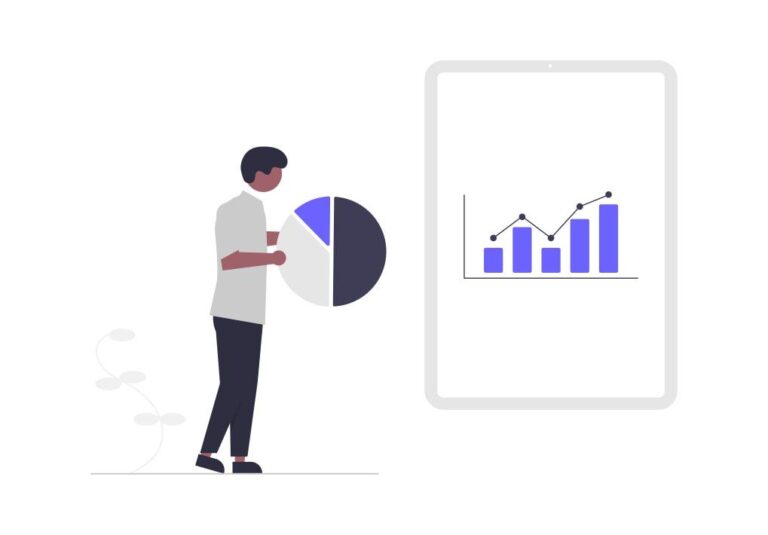Having a sustainable supply chain is no longer a perk, it’s a necessity. A recent study from NielsonIQ found that 78% of US consumers say that sustainability is important to them, and they have high expectations when it comes to the transparency and validity of ESG claims. One of the keywords here is validity. Can you actually stand behind your sustainability claims? Greenwashing has become a troubling trend as companies strive to meet the eco-friendly demands of consumers, but making misleading or false claims can have detrimental impacts to a company’s reputation. It’s becoming increasingly important for businesses to genuinely adopt more sustainable practices in all aspects of their operations. And a key area where companies can make a significant impact is in their supply chain management. By sourcing more sustainably, companies can reduce their environmental impact, improve their reputation with customers, and even save money in the long run. In this article, we will explore several key tips for how
companies can source more sustainably.
Conduct a sustainability assessment of your supply chain
The first step in sourcing more sustainably is to conduct a sustainability assessment of your supply chain. This involves looking at all aspects of your supply chain, from raw materials sourcing to transportation and packaging. By conducting a sustainability assessment, you can identify areas where your supply chain is most impactful and prioritize areas for improvement. The assessment should look at several factors, including resource consumption, waste management, greenhouse gas emissions, and the social responsibility of your suppliers. Identify any areas where your supply chain may be contributing to environmental degradation, including land and water use, carbon emissions, toxic emissions and waste, biodiversity loss, and human rights abuse.
Once you have identified these issues, work with your suppliers to come up with solutions that will help to reduce your environmental footprint. Some potential solutions might include switching to sustainable raw materials, implementing closed-loop production processes, and reducing waste and emissions. Or, you may decide to change suppliers entirely and find ones that are more committed to aligning with sustainable development goals (SDGs).
Set sustainability goals
Once you have identified areas for improvement, the next step is to set your sustainability goals. Examples of sustainability goals might include reducing greenhouse gas emissions by a certain percentage, sourcing a certain percentage of raw materials from sustainable sources, or reducing waste and packaging materials.
Setting sustainability goals is essential for keeping your company focused and accountable for achieving your sustainability objectives. Goals will also help your company track progress and identify areas for improvement as you move forward.
Use tools to track suppliers sustainable practices
One of the most effective ways to source more sustainably and hold suppliers accountable for sustainable practices is to use a tool like Susternal to track suppliers’ ESG practices and sustainability performance. These tools are invaluable in helping companies monitor and manage their supply chain activities, including tracking and assessing performance so they can compare it to the sustainability performance of suppliers. Susternal enables companies to monitor ESG-related risks in their supply chain so they can effectively address them.
These tools provide a comprehensive view of your company’s supply chain sustainability performance and help you develop collaboration opportunities with suppliers. They evaluate your suppliers based on environmental, social and governance (ESG) criteria and rate them according to sustainability best practices. They also allow you to benchmark against other companies in your industry and track progress over time.
From a more practical sense, a sustainable supply chain management tool helps you keep your ducks in a row. It increases organization, efficiency and productivity in the way you manage suppliers, so you can focus on high-level business growth tasks.
Reward sustainable suppliers
Another important step in sourcing more sustainably is to reward sustainable suppliers. This means looking for suppliers who have strong sustainability policies and practices already in place and who prioritize sustainability in their operations. When choosing suppliers, companies should consider how much value they create regarding environmental impact, social responsibility, and ethical business and governance practices. It’s also important to determine how resilient suppliers are and how ready they are for ESG risks. By choosing to work with sustainable suppliers, you are helping to reward sustainable practices. Working with sustainable suppliers will help your company achieve its sustainability goals more effectively. These suppliers may be more willing to work with you to find sustainable solutions and may also offer innovative ways to reduce waste, reduce energy use, and improve sustainability that you never even considered! You can even co-develop new products with them. It’s a win-win. Companies can also choose to reward sustainable suppliers by paying them early, or giving them complimentary access to company resources, like training materials. All of this helps encourage suppliers to prioritize sustainability in their operations and set a new standard for what is expected from them.
When you’re doing your supplier research, look for sustainability credentials. At the minimum, a supplier should have an environmental policy publicly available that includes KPIs and action points. B Corp certifies and validates companies based on social and environmental performance, and GRI sets standards that allow organizations to report on environmental, societal and economic impacts in a credible and transparent way.
Encourage collaboration and transparency
Collaboration and transparency are key to building a more sustainable supply chain. Companies should work closely with their suppliers to identify areas for improvement and develop solutions together. This may involve sharing data, conducting joint sustainability audits, or collaborating on sustainability projects (you can do this all through Susternal!) Companies should also be transparent about their sustainability efforts, sharing information about their progress with stakeholders and customers. Collaboration and transparency also help build trust between your company and your suppliers. This helps to build a more sustainable supply chain in the long run, as suppliers will be more likely to work with you to find innovative solutions to sustainability challenges. Sourcing more sustainably is made easier by using a sustainable supply chain management tool for sustainable procurement. Susternal is a self-service assessment tool that makes it easy to compare supplier performance and identify ESG-related risks in your current supply chain.







